Bring Tender Plants Indoors
As the days shorten and a distinct chill fills the air, it’s a sure sign that the British winter is on its way. While we pull out our cosy jumpers and blankets, our tender potted plants need similar protection from the coming frost. Your beautiful citrus trees, delicate succulents, and lush tropical ferns that thrived on the patio all summer simply won’t survive the harsh drop in temperatures. It’s time for the great migration indoors!
Moving your green companions inside isn't just about hauling pots through the door. A little preparation goes a long way to ensure they remain healthy and vibrant until spring returns. This guide will walk you through everything you need to know, from pest control to finding the perfect sunny spot, ensuring your plants not only survive but thrive through the colder months.
Prepare for Operation Overwinter
Before you even think about lifting a pot, a thorough inspection is crucial. Your garden is a bustling ecosystem, and countless tiny creatures have made a home among the leaves and soil of your plants. While they may be harmless outdoors, bringing them inside can lead to a full-blown infestation that could spread to your established houseplants.
Step 1: The Great Pest Inspection
Choose a bright, dry day to give your plants a proper check-up. Place a light-coloured sheet or piece of card on the ground to help you spot any falling critters. Examine every part of the plant with care:
- Look under the leaves: This is a favourite hiding spot for pests like aphids, whiteflies, and the dreaded spider mite. You might see the insects themselves, fine webbing, or sticky "honeydew" residue.
- Check the stems and joints: Scale insects often look like small, brown bumps and can be found clinging to stems. Mealybugs appear as white, cottony masses, often tucked into the nooks where leaves join the stem.
- Inspect the soil surface: Look for any signs of fungus gnats, ants, or slugs that might be hiding in the top layer of compost.
Giving your plants this meticulous MOT is the single most important step to prevent a winter-long battle with pests.
Step 2: A Gentle Wash-Down
Once you’ve identified any unwanted hitchhikers, it's time for a clean-up. For a light dusting of aphids or a few stray spiders, a simple jet of water from your hose can be surprisingly effective. Gently spray the foliage, paying close attention to the undersides of leaves, to dislodge them.
For more stubborn guests or as a preventative measure, an insecticidal soap is your best friend. These soaps are specially formulated to be tough on pests but gentle on your plants.
How to Use Insecticidal Soap:
- Read the label: Always follow the manufacturer’s instructions for dilution and application.
- Spray thoroughly: Coat all surfaces of the plant, including stems and both sides of the leaves, until the solution is dripping off. This ensures you make contact with as many pests as possible.
- Timing is key: Apply the soap in the late afternoon or on a cloudy day to prevent the leaves from scorching in direct sunlight while wet.
- Let it dry: Allow the plant to dry completely before moving it inside.
This simple treatment can save you and your houseplants a world of trouble.
Finding the Perfect Indoor Residence
With your plants clean and pest-free, the next challenge is finding them a suitable winter home. The goal is to replicate their preferred outdoor conditions as much as possible, which primarily means light and temperature. A sudden, drastic change can send a plant into shock, causing it to drop its leaves.
Step 3: Let There Be Light
Sunlight becomes a scarce commodity during a British winter. Most tender plants, especially citrus trees and succulents, are sun-worshippers and will need the brightest spot you can offer.
- South-Facing Windows: These are prime real estate for sun-loving plants. A windowsill or a plant stand placed near a south-facing window will provide the maximum amount of direct light available.
- Conservatories or Garden Rooms: If you are lucky enough to have one, a conservatory is the ideal five-star hotel for your plants. It offers brilliant light from multiple angles and often provides a slightly more humid environment, which tropical plants like ferns adore.
- East or West-Facing Windows: These are good secondary options. An east-facing window provides gentle morning sun, while a west-facing one offers stronger afternoon light.
Remember to rotate your plants every week or so. This ensures all sides get a share of the light, preventing them from leaning dramatically towards the window.
Step 4: Mind the Temperature and Humidity
Central heating is a lifesaver for us, but it can create a desert-like environment for our plants. Most tropicals and ferns prefer higher humidity, and the dry air can cause brown, crispy leaf tips.
Tips for Increasing Humidity:
- Grouping: Cluster your plants together. As they transpire (release water vapour), they will create a more humid microclimate for each other.
- Pebble Trays: Place your pots on a tray filled with pebbles and water. As the water evaporates, it will increase the humidity around the plant. Just ensure the bottom of the pot isn't sitting directly in the water, as this can lead to root rot.
- Misting: A light misting with a spray bottle every few days can provide a temporary humidity boost, especially for ferns.
Also, be mindful of drafts. Keep plants away from radiators, open fireplaces, and draughty doors or windows that could cause sudden temperature fluctuations.
Winter Watch List: Plants That Need to Come Indoors
As the crisp autumn air signals winter's approach, it's time to identify which of your garden treasures need a cosy spot indoors. Not all plants are built for the British chill, and leaving these tender beauties outside is a gamble against frost. Here are the key plants that must be brought inside to survive and thrive until spring.
- Citrus Trees (Lemons, Limes, Oranges): These Mediterranean natives adore sunshine and warmth. A single hard frost can damage their foliage and fruit, making an indoor, sun-drenched spot in a conservatory or near a south-facing window essential for their survival.
- Succulents & Cacti: While some, like Sempervivums, are surprisingly hardy, most popular succulents (such as Echeveria, Aeonium, and many Aloe varieties) are desert plants that store water in their leaves. This makes them extremely vulnerable to frost, which can turn their fleshy leaves to mush. Bring them in to a bright, dry location.
- Tropical Ferns: Lush ferns like the Boston Fern or Maidenhair Fern, which have been enjoying the summer humidity on your patio, cannot tolerate freezing temperatures. Their delicate fronds will quickly turn brown and die back. They'll be much happier in a humid spot indoors, like a bathroom or kitchen.
- Pelargoniums (Often called Geraniums): These classic container favourites are South African natives and are not frost-hardy. While you can take cuttings, lifting the entire plant to overwinter in a cool, bright place like a porch or unheated room will ensure you have big, beautiful plants ready for next year.
- Fuchsias: Tender varieties of fuchsia, especially the trailing types popular in hanging baskets, will not survive a winter outdoors in most of the UK. Bring them into a cool but frost-free space, where they can go dormant until spring.
- Bananas (Tender Varieties): While some hardy bananas can be wrapped and left outside, decorative species like the Red Abyssinian Banana (Ensete ventricosum 'Maurelii') must be brought indoors. Their large, architectural leaves are easily destroyed by wind and frost.
- Palms: Many popular container palms, such as the Kentia Palm or Areca Palm, are houseplants for a reason. If you've given them a summer holiday in the garden, they must return to the warmth of your home before the first frost hits.
Winter Care: Less is More
Once your plants are settled in their new home, their care routine will need to change. With less light and cooler temperatures, their growth will slow down significantly. This means they need less water and little to no fertiliser.
- Watering: Overwatering is the most common cause of death for houseplants in winter. Before you water, stick your finger about an inch into the soil. If it feels dry, it’s time to water. If it’s still moist, wait a few more days. For succulents, you can reduce watering to as little as once a month.
- Feeding: Stop fertilising your plants from late autumn through to early spring. Feeding them when they are not actively growing can lead to a build-up of salts in the soil, which can damage the roots.
By following these steps, you can create a safe and comfortable haven for your tender plants. You’ll be rewarded with healthy, happy companions that will be ready to burst back into life and head back outdoors when the warm days of spring finally arrive.
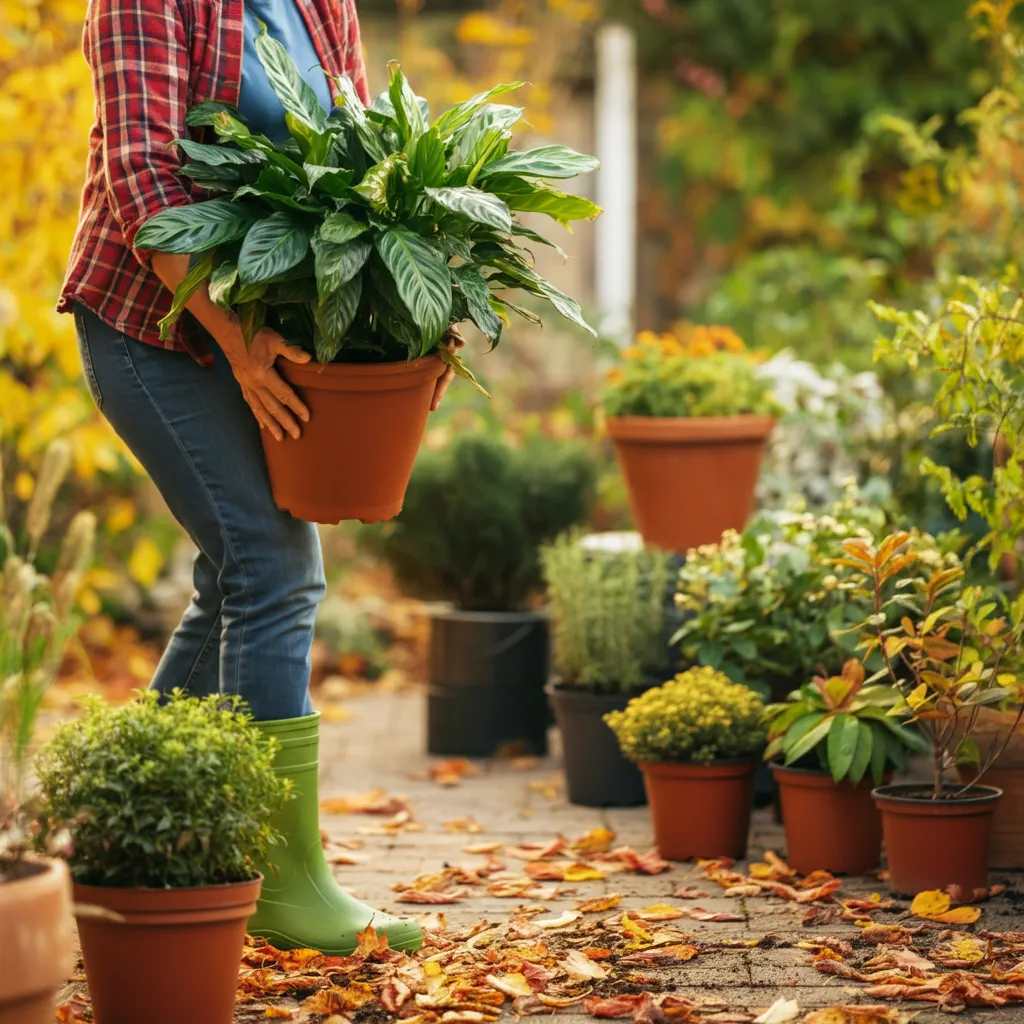
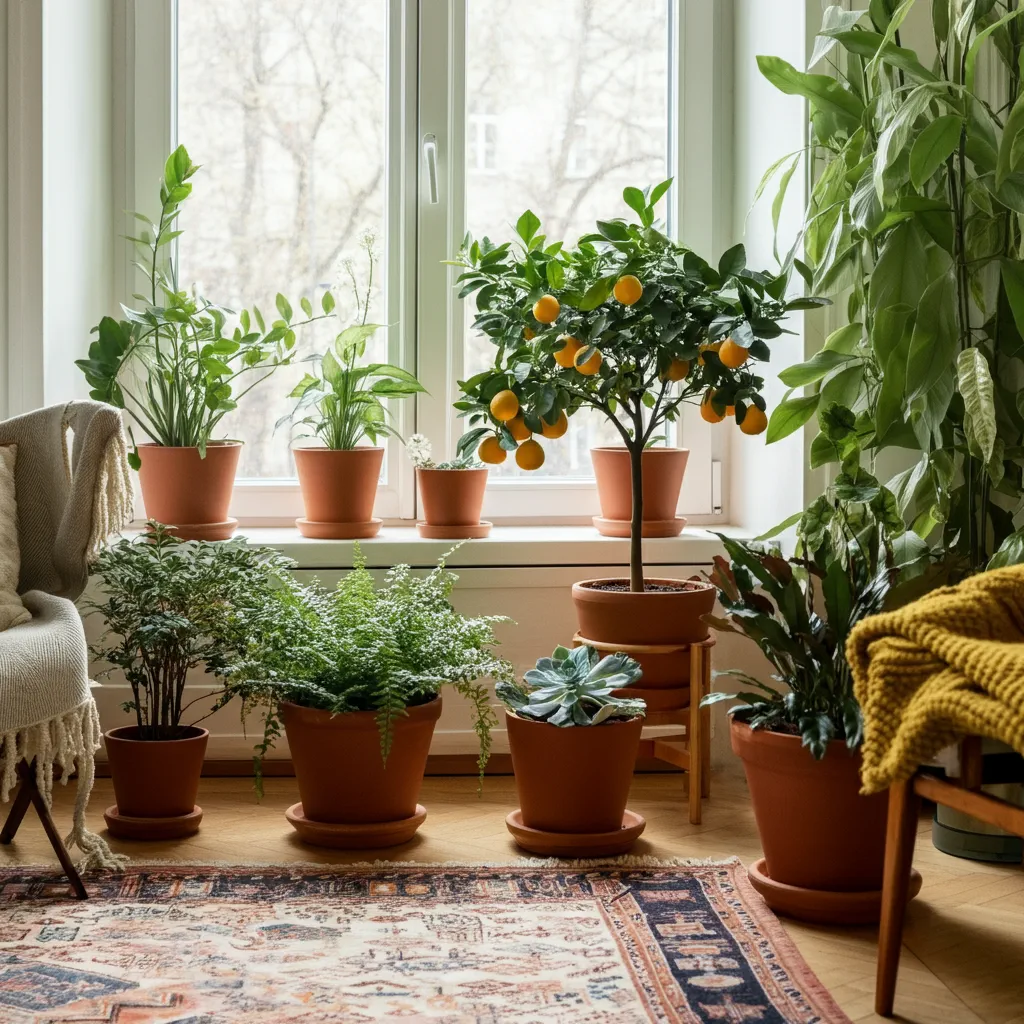
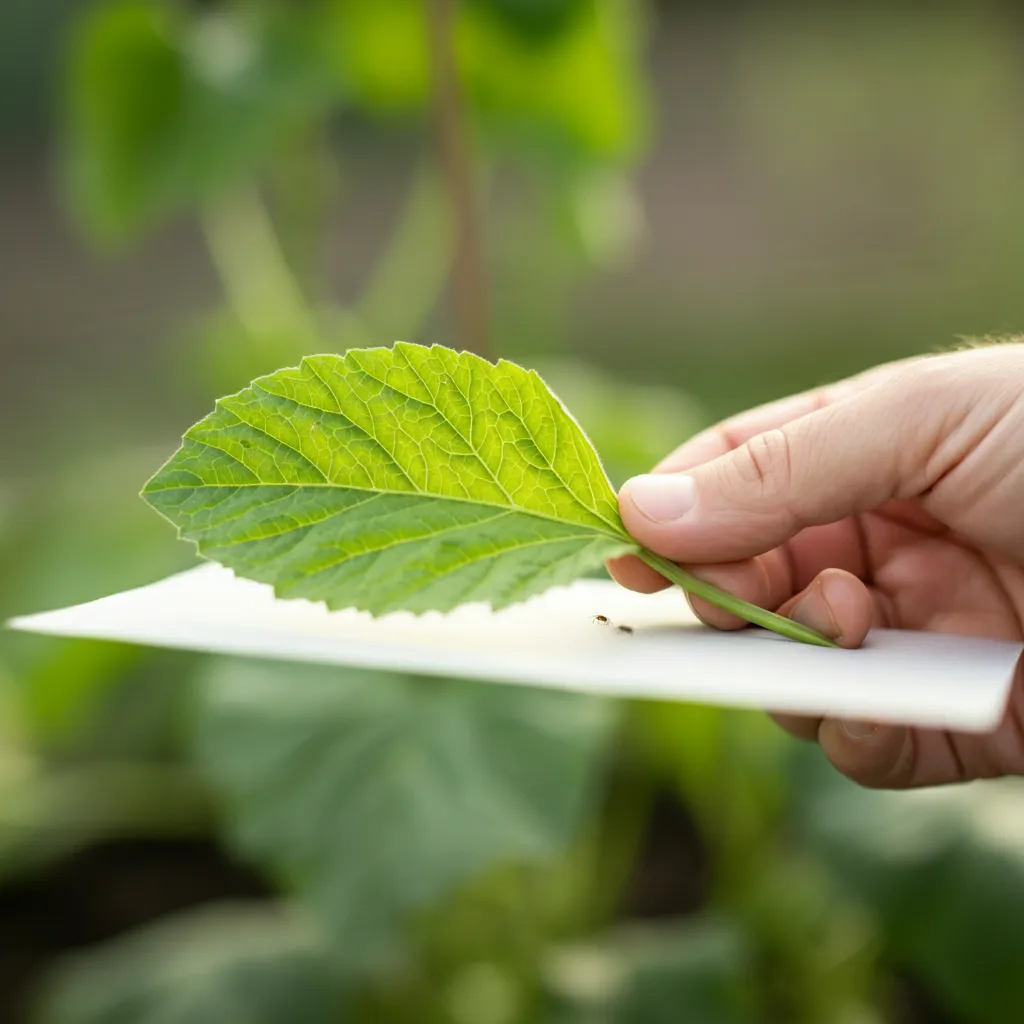
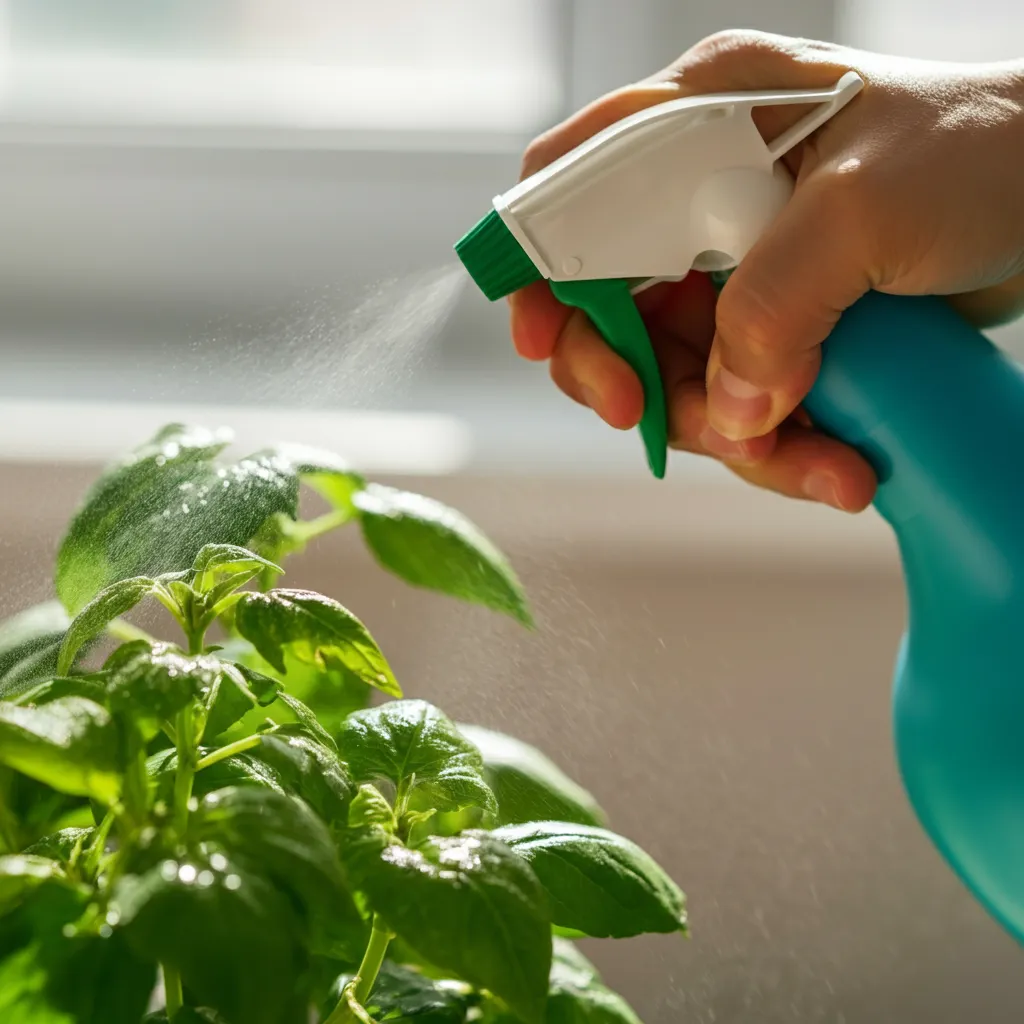
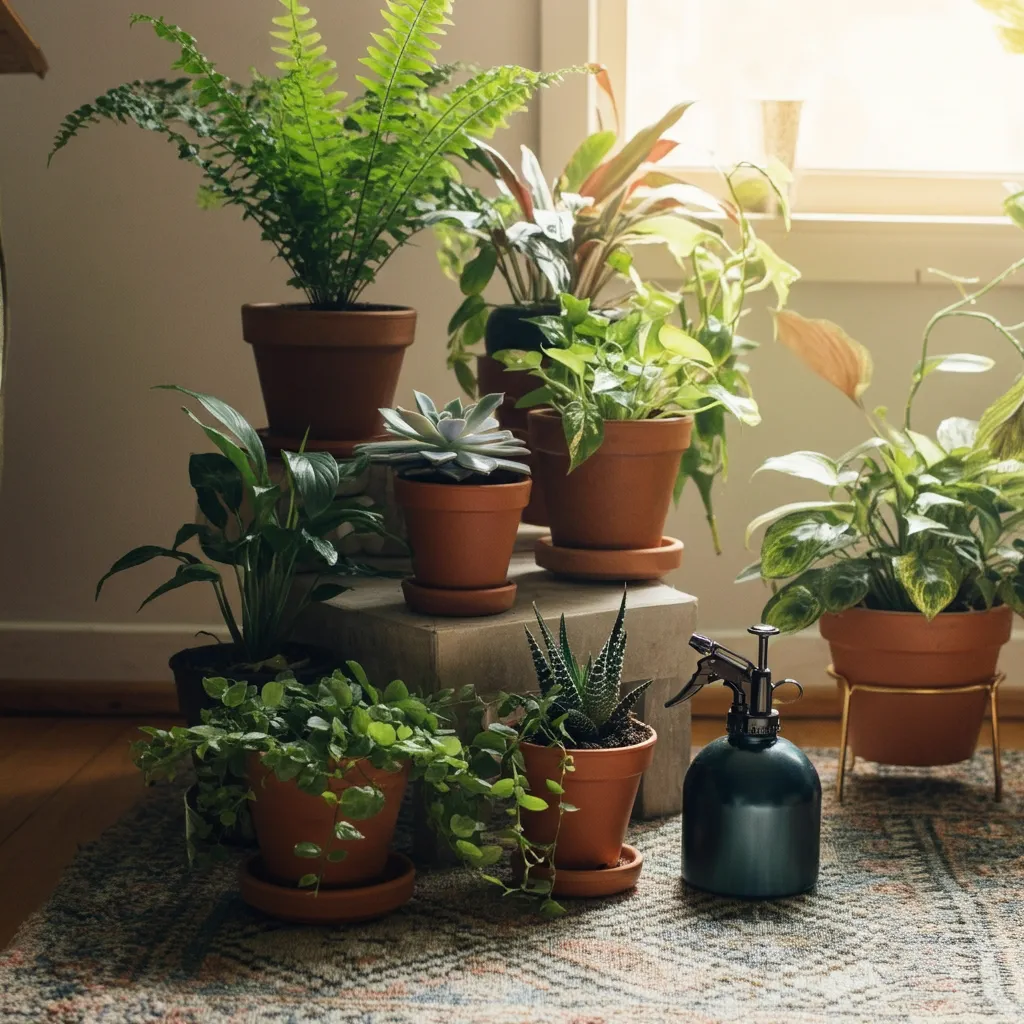











Community Feedback